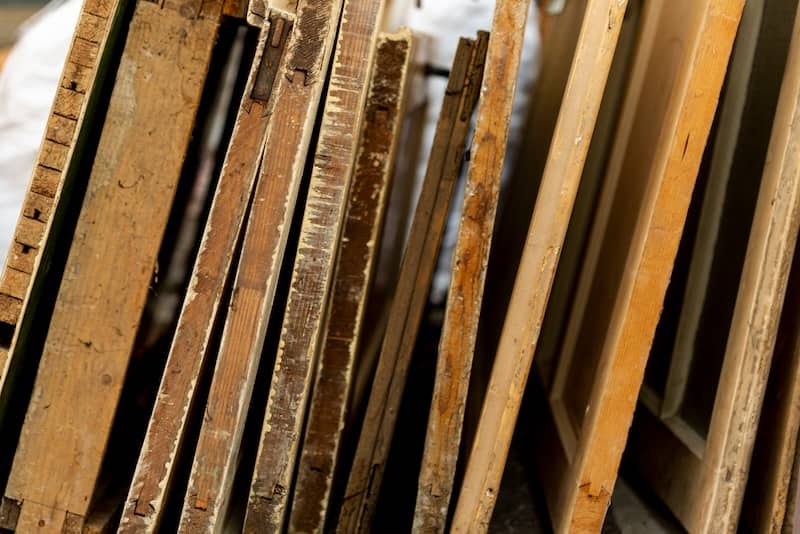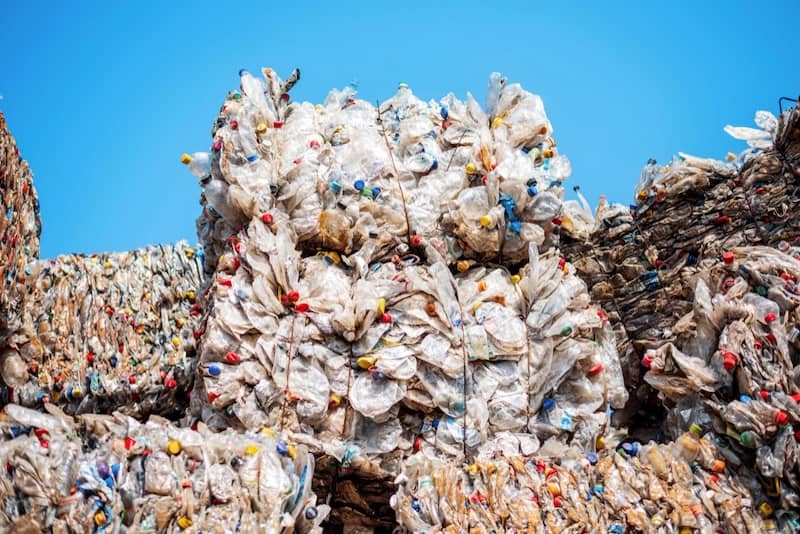Undertaking a landscaping project means making thousands of decisions. One of the most contested ones will almost certainly be around ground cover. What material is the best? Two popular options often find themselves in a showdown: rubber chips and gravel. The surface material you choose significantly impacts the aesthetic appeal, functionality, and environmental footprint of your outdoor space. Both rubber chips and gravel offer distinct advantages and drawbacks, leaving homeowners and landscapers preaching two competing opinions.
Understanding the Origin
Rubber chips, also known as rubber mulch, hail from recycled tires. Car tires and truck tires are sent through a conveyor belt into tire shredding and rubber mulch machines. The wire and nylon impurities are sifted out and sometimes color is added. The old and worn-out tires come out the far side of the rubber recycling plant as brand new rubber chips. These tires would otherwise end up in landfill.
Gravel, in contrast, originates from natural deposits found in riverbeds, quarries, or gravel pits. The extraction of gravel involves heavy machinery, like diggers and dump trucks to extract and process the material. Gravel mining can have significant environmental impacts, including habitat destruction, erosion, and pollution. Additionally, the transportation of gravel from mining sites to end-users contributes to air and noise pollution, as well as greenhouse gas emissions.
Already you can see how the seemingly more natural product, gravel, in fact may be hurting the environment compared to saving tires from landfill. With that in mind, let’s jump into a good, old pros and cons list between the two materials.
Rubber Chips Pros:
- Durability: Rubber chips have exceptional longevity, resisting decomposition and weathering far better than organic alternatives like wood chips.
- Safety: They provide a soft and cushioned surface, making them ideal for playgrounds and areas frequented by children or elderly, reducing the risk of injuries from falls.
- Weed Suppression: Due to their density, rubber chips effectively inhibit weed growth, minimizing maintenance efforts.
- Color Variety: Available in a spectrum of colors, rubber chips offer versatility in design, allowing customization to suit different aesthetics.
Rubber Chips Cons:
- Heat Absorption: On hot days, rubber chips can retain heat, potentially making the surface uncomfortable for bare feet.
- Initial Cost: They tend to be more expensive upfront compared to gravel, although their long lifespan may offset this cost over time.
- Aesthetics: Some critics argue that rubber chips lack the natural aesthetic of gravel or other organic materials.
Gravel Pros:
- Natural Aesthetics: Gravel lends a rustic and natural look to landscapes, blending seamlessly with various outdoor settings.
- Permeability: Unlike impermeable surfaces, gravel allows water to penetrate through, promoting drainage and preventing waterlogging.
- Heat Reflection: Gravel tends to reflect heat rather than absorb it, making it cooler under foot during hot weather.
- Cost-Effective: Gravel typically comes at a lower initial cost compared to rubber chips, making it a budget-friendly option for landscaping projects.
Gravel Cons:
- Weed Growth: Gravel may require more frequent weeding compared to rubber chips, as it doesn’t offer the same level of weed suppression.
- Maintenance: Especially in heavy rainfall areas, gravel may shift or disperse, requiring periodic replenishment or adjustment to maintain its appearance and functionality.
- Hardness: While gravel provides a stable surface, it lacks the cushioning properties of rubber chips, potentially posing a higher risk of injury from falls.
Health Controversy:
In the past there has been concern over recycled rubber’s potential toxicity. Some suggest that rubber mulch may release harmful chemicals or heavy metals over time, raising questions about its safety, particularly in areas where children play. However, regulatory bodies such as the Environmental Protection Agency (EPA) and the Consumer Product Safety Commission (CPSC) have conducted assessments and concluded that the levels of these substances in rubber mulch are well within acceptable limits and pose minimal risk to human health. Nonetheless, it’s essential to use rubber chips from reputable sources and follow recommended safety guidelines. These are logical rules such as avoiding direct ingestion and ensuring proper ventilation during installation.
Interestingly, there is less of a debate around the use of gravel because it seems more natural. However, eating gravel is probably similarly bad for your health and we all know that a stumble on gravel causes painful grazing.
Recommendation:
Ultimately, the debate over rubber chips and gravel comes down to priorities. It depends on various factors, including aesthetics, budget, intended use, and environmental considerations. For areas where safety and durability are paramount, such as playgrounds or high-traffic zones, rubber chips may offer the best solution. Conversely, gravel shines in applications where natural aesthetics and cost-effectiveness take precedence, such as remote areas or decorative landscaping. Whichever option you choose, do some research to assure the surface that not only enhances your outdoor space but also aligns with your priorities and values.




